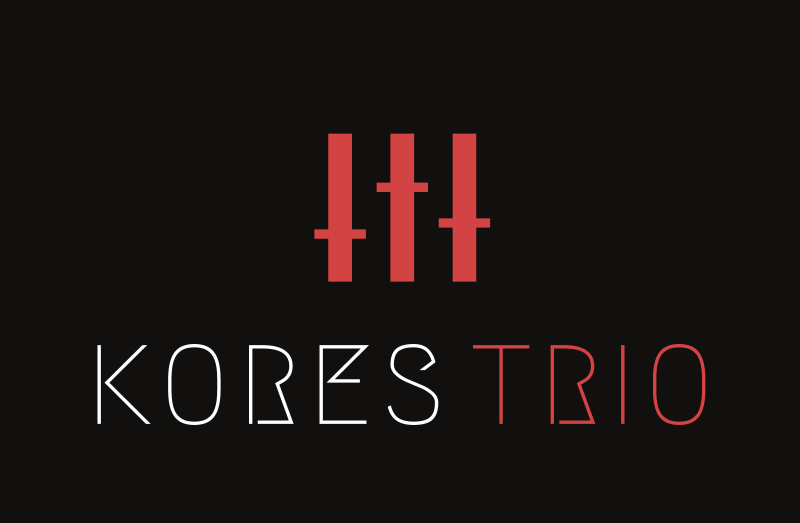
KORES TRIO is Three women musicians.

Wendy, Sarah and Yanna are now KORES TRIO and besides entering the Piazzolla Competition in April (it has been so much fun rehearsing for this!), we are also celebrating some of the most beautiful music written for this unusual combination: Wendy - Voice, Sarah - Flute, Yanna - Piano. You can expect to hear more from us this year.
We've created a KORES website where I hope to be posting our news but also our videos from rehearsals and concerts.
Meet Wendy Nieper: Wendy is a wonderful, supremely versatile singer with a tremendous experience of performing worldwide as a leading soprano, an ex-'Swingle Singer' and a Jazz vocalist.
"Wendy was vocal coach for Sir Michael Caine on his film "Is anybody there?", at the 'Sing A Cappella' convention, and has taught scat singing at the jazz department at the Ghent Conservatoire (Belgium). She has also taught at the 'City Lit.' in London, in schools and privately from her home studio. She coaches choirs on vocal technique within performance and has run over 100 music workshops throughout the UK. She lives in Evesham, Worcestershire."
I urge you to find out more about Wendy and take a look at her vibrant website.
KORES TRIO was formed during a rehearsal of Animo with Wendy and as we played through a bunch of 19th, 20th century and contemporary music pieces we decided that this is a collaboration that ticks a lot of boxes for all of us: passion for music, gorgeous repertoire and possibilities for new arrangements and collaborations with additional instruments, fun, the most beautiful sound created by the flute and voice and besides which, a wonderful new friendship!
Animo is keen to collaborate with more musicians. We want to discover new sounds, new scores and sound combinations that challenge us and enrich us.
REMEMBER TO SUBSCRIBE TO ANIMO'S BLOG TO KEEP UPDATED WITH ALL OUR NEWS
The name KORES
Kore, plural korai, type of freestanding statue of a maiden—the female counterpart of the kouros, or standing youth—that appeared with the beginning of Greek monumental sculpture in about 660 BC and remained to the end of the Archaic period in about 500 BC. Over this period the kore remained essentially the same, although, as in all Greek art, it evolved from a highly stylized form to a more naturalistic one.





